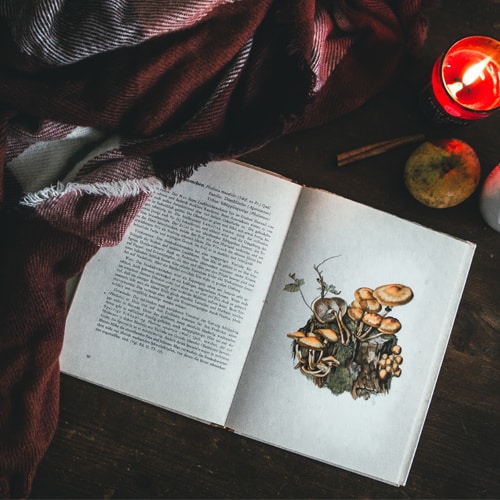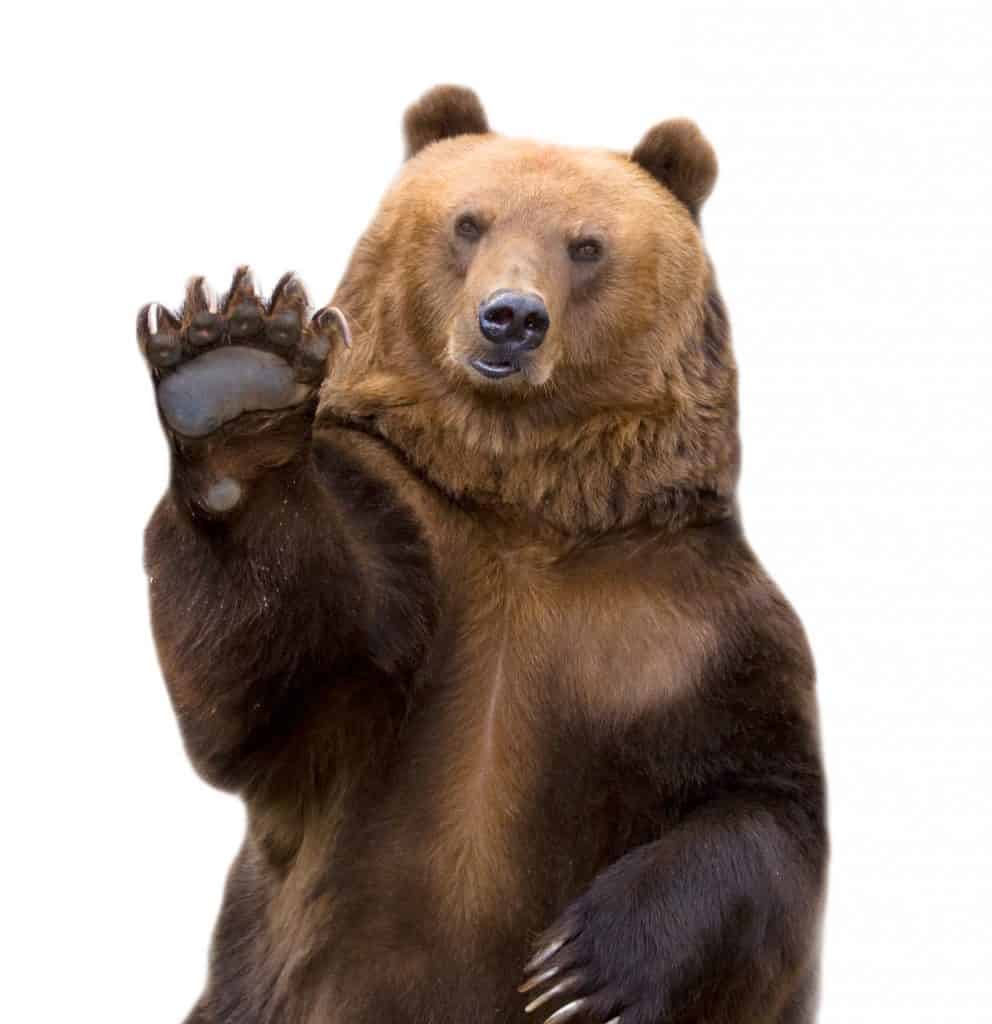I’ve read a lot of books on the subject of pre-history, mythology & religious studies. Truth is, though, that there is no single book to describe European Paganism. There is no bible, no teaching and certainly no doctrine. Germanic Paganism, Norse Paganism, all these types of Paganism are mainly reconstructions today and our sources are often limited. But that is why education is so very much important.

If we feel fascinated by Paganism, drawn to it, attracted to it, can we afford to speculate and “create our own version”?
I believe we shouldn’t, because these cultures did exist for real and they deserve our respect. Instead, we must go to the origins, to our sources so that we may come closer to what the Pagan worldview meant – and what we could learn from this worldview today.
Kevin's Book Recommendations
“The Archaeology of Shamanism” by Prof. Neil Price.
Prof. Price is an Archaeologist at the University of Uppsala, Sweden. This book will go into the material culture of shamanic cultures, archaeological finds, artifacts in order to learn about the techniques, set of beliefs and practies of shamanic cultures. Not many know, for example, about the Neolithic Spirit Masks found in Israel that date back some 9 000 years ago. But they have been also found in what today is southern Germany, along the Danube, and date back more than 6 000 years ago. This was long before Germanic people settled along the Danube. The book will lead you straight into the realm of research, archaeological finds and the realm of shamanic practice.
“The Viking way” by Prof. Neil Price
Recent interest in the Viking Age and the Vikings has increased. And indeed, the Viking Age is a fascinating topic also for us and our work. It’s popular, and has gotten a lot of media attention from and by modern Entertainment. And here is the problem: So many myths out there, so many half-truths on what Vikings are, what they did, and perhaps more importantly: What did they believe in? On the Internet, you will come across so many “Rune meanings” without actually talking about how the names for the Runes are Proto-Germanic reconstructions.
This is essential to understand them, though. Prof. Neil Price treats this topic with true dedication and a huge passion and he shares his work, research and knowledge with us in this book. What about Seidr? And the spiritual and ritual practice among the North-Germanic tribes? This book will give you an academic insight without the over-idealized distortions of this beautiful and fascinating time in history and European culture.
Oxford Introduction to Proto-Indo-European by J.P. Mallory
Proto-Indo-European is important and essential to understanding Germanic, Norse, Celtic, Italic, Slavic cultures, languages and its mythology. These mysterious people, early Pastoralists, come from the Steppe of what today would be Ukraine. And the Germanic languages come from Proto-Indo-European as well. At around 500 BC, it shifted into the first Proto-Germanic language with the appearance of the Jastorf culture. Do you want to understand who they were? Then this is the book for you. It give you a high quality introduction to the lives and culture of the Proto-Indo-Europeans.
Shamanism and Northern Ecology by Juha Pentikäinen
This is one of my favorite works. It’s based on religious studies, comparative mythology and religion, folk-tales and the cultures of indigenous peoples across Fenno-Scandinavia, Eurasia, particularly Siberia and gives us an insight into some Native American cultures as well. Do you want to know about the Bear-cult, and why Yggdrasil is not uniquely Norse-Germanic but indeed, the sacred world-tree can be found across Eurasia, Siberia and into the Americas as well. How and why is that?
Are language groups always the start and beginning of a tribe’s Spirituality? Or do the Myths and its Spirituality have much older soures and origins? As I’ve said before in my many Articles: I hold the opinion that Germanic Paganism as well is much older than the Germanic language group. I believe that shamanic practice has also been practiced on the European continent. Maybe its sources go as far back as Paleolithic hunter-gatherers? The Book will give you an insight into Arctic and sub-arctic cultures, shamanic practice, myths and its worldview. Juha Pentikäinen is an Emeritus Professor at the University of Helsinki, Finland for comparative religion. Please check out his other works as well, namely, “Northern Religions and Shamanism“, as well as, “Lore of the Northern Bear“.
The lost world of old Europe by David W. Anthony.
This Book will lead you straight into the cultures of the Neolithic, the early Neolithic farmers of Europe. Its material culture, archaeological discoveries and artifacts and the lives of these mysterious cultures. Not much is known about them today. Of course, there was a Europe before Celtic, Germanic, Norse, Slavic as Indo-European languages existed. It’s the world of “Old Europe”, a term coined by Archaeologist Marija Gimbutas. While this book focuses more on the cultures along the Danube of Central Europe, there were many such cultures, also in Scandinavia.
When we hear of Scandinavian pagans, we think of…. ? Yes, the Vikings. But what about the people who brought farming to Scandinavia? The Funnelbeaker culture. Many beautiful Funnelbeaker Megaliths can be seen and visited today in northern Germany, Denmark and Southern Sweden. But the North had an even older culture: The mesolithic Hunter-gatherers of the The Ertebølle culture. Many of these cultures belong to “Old Europe”, the first agricultural settlements, first villages and growing first crops.
Goddesses and Gods of old Europe by Marija Gimbutas.
This Book is, again, about the Neolithic cultures of Old Europe. Its focus is on the mythological Aspect, exploring comparative mythology and Folktales, and what Mythology could teach us about Old Europes spiritual and religious practice. Marija Gimbutas stance is that the cultures of Old Europe were more animistic, shamanic, revolving around Gods of nature, fertility and honoring the spirits of the land. Some scholars suspect that this is where the Vanir Gods come from, next to other Folklore deities like Holda/Hulda/Frau Holle/Berchta and also Freya (from Proto-Indo-European Pria). Paganism did of course not “begin” with the appearance of Germanic people in Europe and nor with the Vikings. Its roots go deep into the Stone Age and older… if this interests you, this is the right book for you.
For the German speaking readers: Urmedizin by Dr. Wolf Dieter Storl
Dr. Wolf Dieter Storl is a German Anthropologist who lived in Ohio, USA for more than 20 years and now he is back in the Alps of southern Bavaria. He lived with the Cheyenne, has many contacts and friends to Native American Elders. This book might change you. It might change your whole way of looking at things, of understanding yourself and also Paganism and the European Pagan past. While it’s not all too academic-complex, his approach is very academic and he takes this subject very, very seriously.
This Book might feel like a veil has lifted your mind, and where you have seen “language groups”, national-identities, nation-states of today, our very own hunter-gatherer past comes to life. And you are constantly reminded of that by your own mind. It will lead you into spirituality, spiritual practice, mythology and the use of sacred herbs, plants and what they have meant to the people of the past. A past long time ago, the people of the last Ice Age.
For the English speaking people, I would recommend his collaboration with German Anthropologist, Dr. Christian Rätsch: “Witchcraft Medicine“.
The Viking world by Prof. Price and Prof. Stefan Brink
This book is a piece of outstanding work and research. Is the Viking Age your true dedication and passion? Do you want to truly understand how it was, who they were, and what their lives revolved around? This is your book. You might have to let go of some old images particularly used by Entertainment such as music Bands and the like. But you will be enlightened with a deeper, much deeper understanding of who and what the early medieval Scandinavians were.





